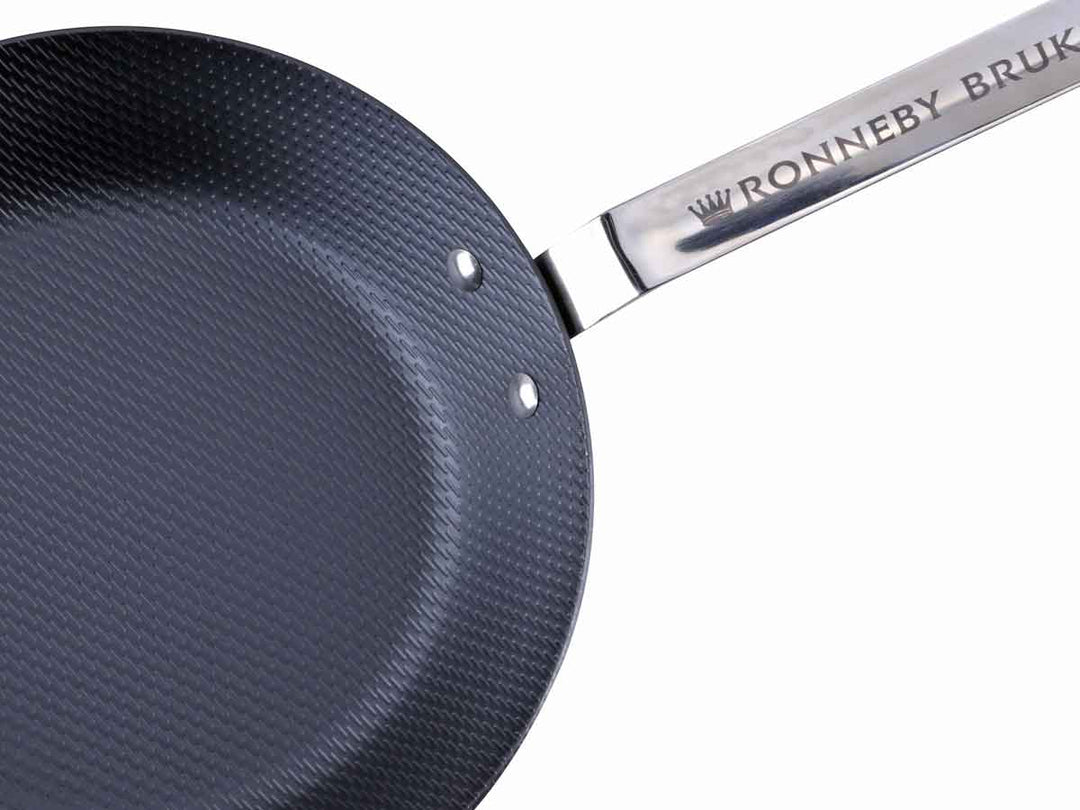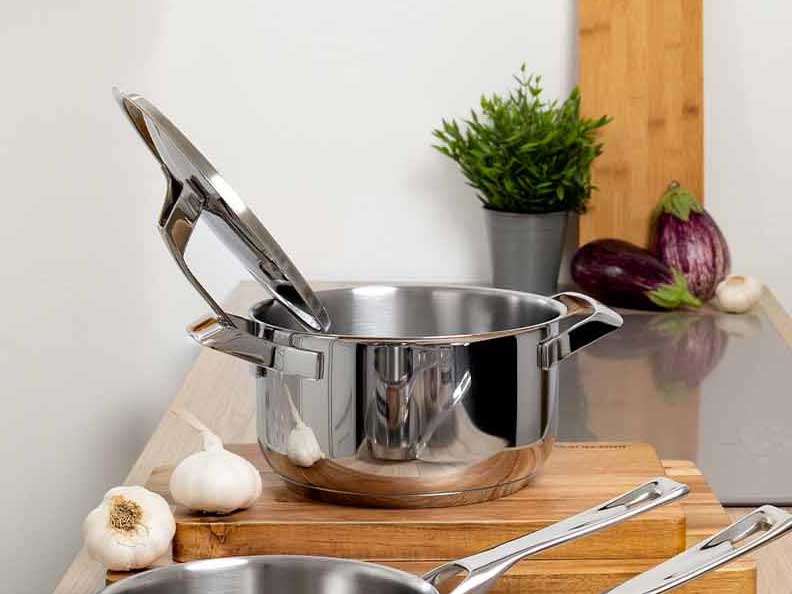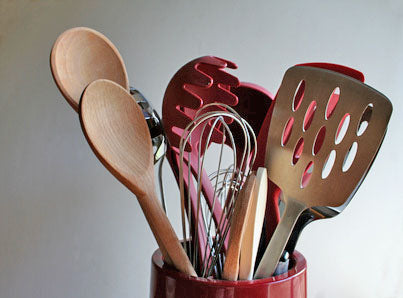bottom thickness
The bottom/base of a cookware is the crucial part of the whole, after all it stands on the stove and transfers the heat to the food. Anyone who has worked with different cookware will have noticed that the base thicknesses can vary greatly.
Is a thick base generally better?
No, a thick pot or pan base has advantages, but it also has disadvantages. Depending on which aspect you look at, the choice can be one way or the other, for or against a product with an extra strong base.
How thick should the bottom of a pot/pan be?
That cannot be said in general, and depends above all on the material used, the design of the cookware and, if applicable, the type of stove used.
Aluminum or cast aluminum cookware should have a base that is at least 3-4 mm thick. Significantly thinner bases increase the risk of local overheating (due to uneven heat input from the hob), which can damage the coating. For particularly robust, durable cast aluminum cookware, 5-7 mm is typical and offers good base stability, also in conjunction with induction.
Cookware made of stainless steel with a classic thermal base (capsule base or sandwich base) makes sense from around 4 mm. Stainless steel cookware in consistent multi-layer technology (3-ply / 5-ply) is generally thinner, but also offers good heat distribution.
Cast iron cookware, whether untreated and seasoned or enamelled, is very heavy in material, so 3-5 mm is rarely exceeded, which would also not make sense given the heat properties of cast iron. Greater thicknesses, such as thick cast aluminum, would make the cast iron cookware incredibly heavy.
For cookware made of carbon steel/iron or steel-enamel, about 1.5 mm is sufficient, for pans it tends to be a little more, but not more than 2-3 mm. On the other hand, high thicknesses such as aluminum would make the cookware very heavy.
What are the advantages of a thick base?
The base is the backbone of the cookware. In this respect, a stable base is of course always an advantage and gives the cookware more robustness and durability.
Of course, a particularly strong, thick base also has a greater heat storage capacity, simply because there is more material. At the same time, a strong base can ensure better heat distribution: the heating of a cooking zone, regardless of the type of stove, is almost never really even.
Another advantage of a strong floor is the ability to smooth out the ripple during heating due to its heat retention. This is noticeable, for example, with induction hobs, which usually work at intervals at the lowest power levels, similar to a microwave at low power; it is always switched on briefly, followed by a pause, recognizable by the brief bubbling up and subsequent calming of liquid in the pot. A thick floor can store enough heat, which it gives off in the pauses between two heating impulses, in order to smooth out the resulting waviness a little.
What are the disadvantages of a thick base?
There is no advantage without a disadvantage, this also applies to cookware bases. If a piece of cookware has a very strong base, then it logically weighs more. Some customers find the higher weight of cookware with a thick base to be a disadvantage, especially when their wrists don't want it that way.
And of course a thick base always needs more time to heat up than a thin base of the same type, simply because more mass has to be heated. Comparison: With the same amount of heat, 1 liter of water boils faster than 1.5 liters.
What was previously described as an advantage of a thick base, the ability to retain more heat and thereby smooth out uneven or wavy heating, can also be a disadvantage, namely the slower response to a reduction in oven power. As a result, when you turn down the heat in a thick-bottomed pan, the temperature will decrease more slowly than in a thinner-bottomed pan of the same type.






